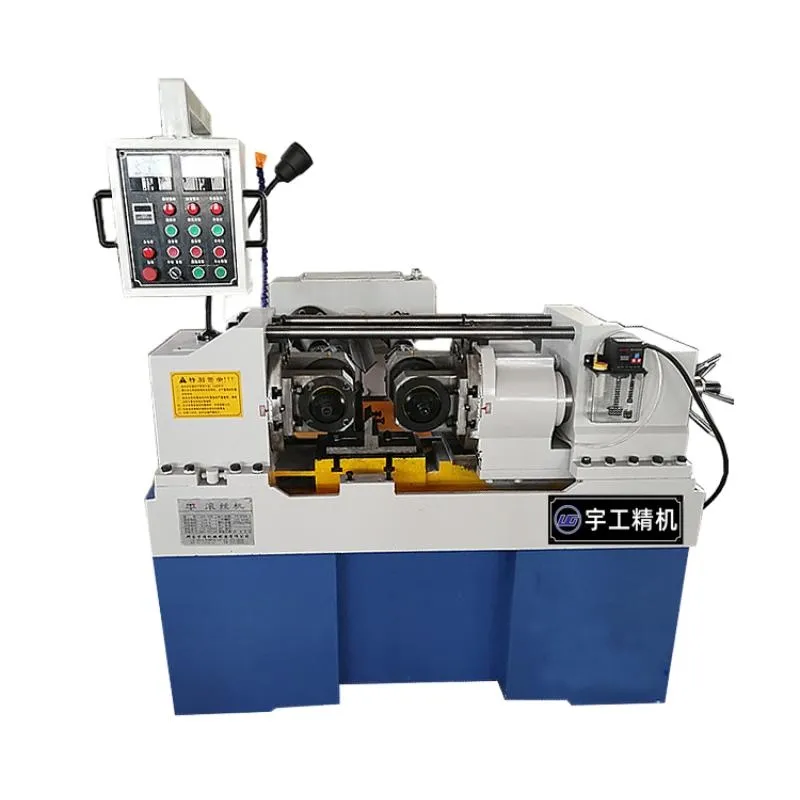
-
 Afrikaans
Afrikaans -
 Albanian
Albanian -
 Amharic
Amharic -
 Arabic
Arabic -
 Armenian
Armenian -
 Azerbaijani
Azerbaijani -
 Basque
Basque -
 Belarusian
Belarusian -
 Bengali
Bengali -
 Bosnian
Bosnian -
 Bulgarian
Bulgarian -
 Catalan
Catalan -
 Cebuano
Cebuano -
 Corsican
Corsican -
 Croatian
Croatian -
 Czech
Czech -
 Danish
Danish -
 Dutch
Dutch -
 English
English -
 Esperanto
Esperanto -
 Estonian
Estonian -
 Finnish
Finnish -
 French
French -
 Frisian
Frisian -
 Galician
Galician -
 Georgian
Georgian -
 German
German -
 Greek
Greek -
 Gujarati
Gujarati -
 Haitian Creole
Haitian Creole -
 hausa
hausa -
 hawaiian
hawaiian -
 Hebrew
Hebrew -
 Hindi
Hindi -
 Miao
Miao -
 Hungarian
Hungarian -
 Icelandic
Icelandic -
 igbo
igbo -
 Indonesian
Indonesian -
 irish
irish -
 Italian
Italian -
 Japanese
Japanese -
 Javanese
Javanese -
 Kannada
Kannada -
 kazakh
kazakh -
 Khmer
Khmer -
 Rwandese
Rwandese -
 Korean
Korean -
 Kurdish
Kurdish -
 Kyrgyz
Kyrgyz -
 Lao
Lao -
 Latin
Latin -
 Latvian
Latvian -
 Lithuanian
Lithuanian -
 Luxembourgish
Luxembourgish -
 Macedonian
Macedonian -
 Malgashi
Malgashi -
 Malay
Malay -
 Malayalam
Malayalam -
 Maltese
Maltese -
 Maori
Maori -
 Marathi
Marathi -
 Mongolian
Mongolian -
 Myanmar
Myanmar -
 Nepali
Nepali -
 Norwegian
Norwegian -
 Norwegian
Norwegian -
 Occitan
Occitan -
 Pashto
Pashto -
 Persian
Persian -
 Polish
Polish -
 Portuguese
Portuguese -
 Punjabi
Punjabi -
 Romanian
Romanian -
 Russian
Russian -
 Samoan
Samoan -
 Scottish Gaelic
Scottish Gaelic -
 Serbian
Serbian -
 Sesotho
Sesotho -
 Shona
Shona -
 Sindhi
Sindhi -
 Sinhala
Sinhala -
 Slovak
Slovak -
 Slovenian
Slovenian -
 Somali
Somali -
 Spanish
Spanish -
 Sundanese
Sundanese -
 Swahili
Swahili -
 Swedish
Swedish -
 Tagalog
Tagalog -
 Tajik
Tajik -
 Tamil
Tamil -
 Tatar
Tatar -
 Telugu
Telugu -
 Thai
Thai -
 Turkish
Turkish -
 Turkmen
Turkmen -
 Ukrainian
Ukrainian -
 Urdu
Urdu -
 Uighur
Uighur -
 Uzbek
Uzbek -
 Vietnamese
Vietnamese -
 Welsh
Welsh -
 Bantu
Bantu -
 Yiddish
Yiddish -
 Yoruba
Yoruba -
 Zulu
Zulu
Price List for Thread Rolling Machines and Their Operational Features
Understanding Thread Rolling Machines and Their Pricing
Thread rolling machines have become essential in the manufacturing sector, primarily due to their efficiency and ability to produce high-quality threads in various materials. These machines are utilized in a range of applications, from producing screws and bolts to creating precision components used in automotive and aerospace industries. This article aims to explore the working of thread rolling machines and provide insight into their pricing structure.
How Thread Rolling Machines Work
Thread rolling is a cold-forming process that uses hardened rolls to create threads on a workpiece. In contrast to cutting methods, thread rolling reshapes the material without removing any metal. This not only minimizes waste but also enhances the mechanical properties of the finished product.
The basic operation of a thread rolling machine includes
1. Setup The workpiece is securely placed in the machine, aligning it with the rolling dies. The machine operator must ensure that the dimensions of the workpiece match the specifications for the desired thread type.
2. Rolling Process The machine employs two or three dies that are mounted on a rotating mechanism. As the rolls turn, they press against the workpiece and form threads by displacing the metal. This process can produce threads with exceptional accuracy and surface finish.
Factors Influencing the Pricing of Thread Rolling Machines
thread rolling machine working pricelist

The cost of thread rolling machines can vary widely based on several factors
1. Type of Machine There are various types of thread rolling machines, including flat, cylindrical, and planetary types. Flat rolling machines tend to be less expensive than cylindrical or planetary models, which are generally more complex and offer additional features.
2. Capacity and Size Larger machines capable of rolling thicker or longer workpieces typically command a higher price. Additionally, machines designed for high production volumes may come with a premium.
3. Brand and Quality Established brands often charge more due to their reputation for quality and durability. Investing in higher-quality machines can result in reduced maintenance costs and longer service life.
4. Technological Features Modern thread rolling machines can incorporate advanced features such as programmable controls, automatic loading systems, and real-time monitoring tools. While these added functionalities can increase the upfront cost, they can lead to greater efficiency and productivity in the long run.
5. Used vs. New Machines The choice between purchasing new or refurbished machines can significantly impact the pricing. While new machines come with the latest technology and warranties, used machines can offer cost savings, albeit with potential risks regarding reliability.
Conclusion
Thread rolling machines are vital in modern manufacturing, delivering precision and efficiency in producing threaded fasteners. As technology advances, the options available continue to grow, facilitating a wide range of applications. When considering the purchase of a thread rolling machine, it's essential to evaluate not only the price but also the long-term benefits in productivity and quality. By understanding the market dynamics and the specific requirements of your production process, you can make an informed decision that aligns with your operational goals. Investing in the right thread rolling machine can ultimately enhance your manufacturing capabilities and contribute to the overall success of your operations.
